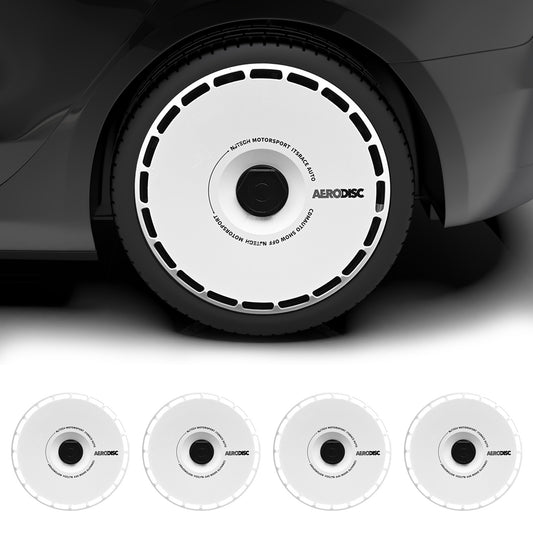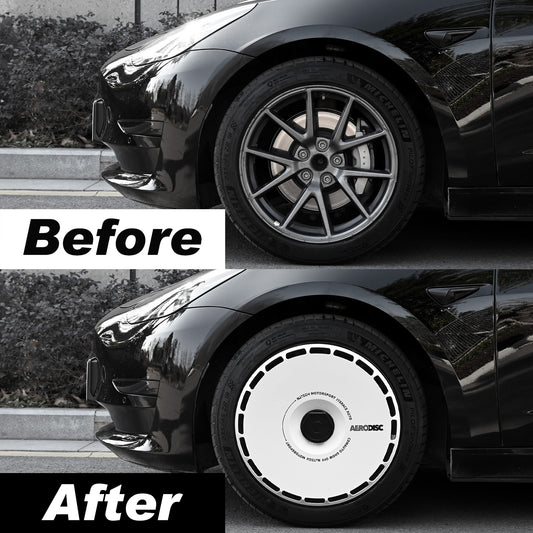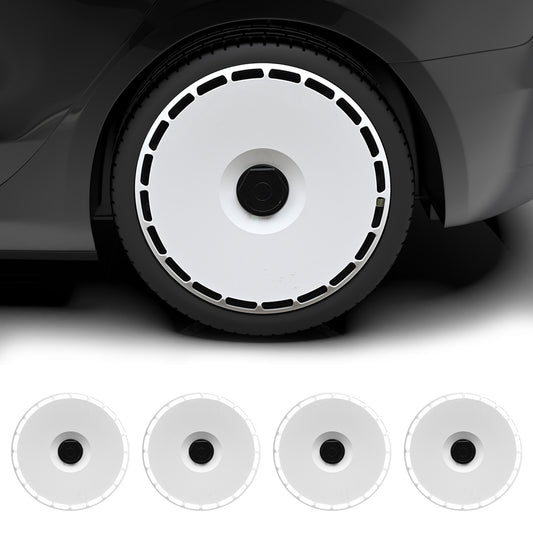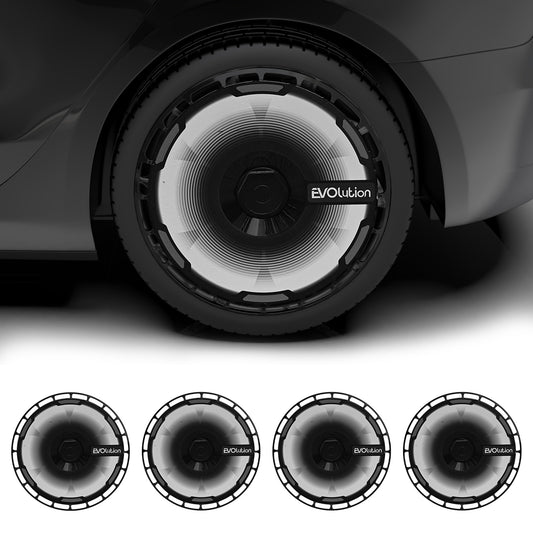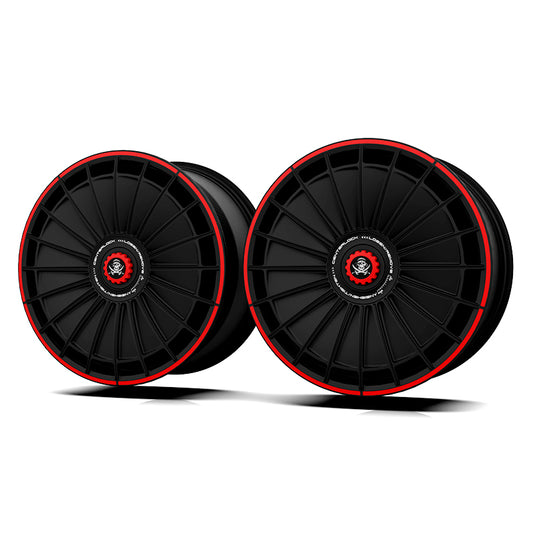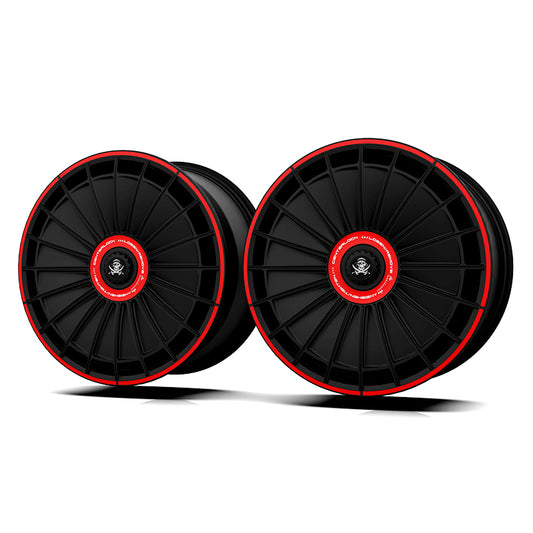Initial Ride Assessment: Mercedes-Benz’s Drive Assist Pro Offers Almost Autonomous Functionality
The cutting-edge AI-driven technology enables nearly self-driving capabilities, even in urban traffic conditions, and is slated to debut in the United States by 2026.

Mercedes-Benz’s global product development lead, Oliver Löcher, sits relaxed with his feet resting away from the pedals and his right hand lightly grazing the steering wheel as the all-electric 2026 CLA sedan glides autonomously through Shanghai’s bustling streets. The compact vehicle essentially operates autonomously toward Löcher’s pre-programmed destination in its navigation system, maneuvering through intersections with precise turns, navigating bustling roundabouts, skillfully avoiding stray pedestrians, and swerving around scooters that unexpectedly emerge from blind spots. The brand’s cutting-edge AI-driven Drive Assist Pro system, in fact, achieves functionality approaching Level 3 autonomy even in chaotic urban environments—and this groundbreaking technology is slated for U.S. availability in 2026.
Mercedes' Drive Assist Pro integrates the latest CLA model’s array of advanced driver assistance systems (ADAS) with its MB.OS-based navigation platform, utilizing an AI-powered language model. This synergy enables the vehicle to calculate optimal urban routes while autonomously managing driving tasks. The AI-driven technology continuously evolves based on real-time traffic trends and individual driving habits, enhancing performance over time. “The system improves with increased usage,” Löcher explains, “and as more vehicles equipped with it hit the roads, the AI leverages expanded data pools to refine its capabilities.”

Mercedes' Drive Assist Pro relies on an array of hardware components, including 12 ultrasonic sensors, four corner radar modules, four side cameras, four 360-degree cameras, a front grille-mounted midrange radar, and windshield-top telephoto and wide-angle cameras. This flood of sensor data, integrated with navigation system inputs, is managed by the CLA’s AI-driven intelligent drive controller. According to Mercedes’ automated driving chief Georges Massing, the system—launching first on China-spec CLA models—addresses a critical risk: “Most collisions occur in congested traffic, where drivers mentally disengage.”
Beyond enhancing urban safety, Drive Assist Pro aims to accelerate development of Mercedes’ higher-tier Level 3 and Level 4 autonomous technologies. While low-speed city driving poses more complex challenges than highway scenarios, Massing notes AI’s role here enables faster problem-solving and system adaptability. He argues this groundwork will build consumer trust in future fully autonomous features.
Officially classified as a Level 2++ system (not Level 3), Drive Assist Pro allows hands-off steering via capacitive rim sensors that detect minimal driver contact. If no touch is registered, warnings escalate: a visual alert at 15 seconds, an audible signal at 30 seconds, and a forced stop after 60 seconds. Though the system handles many tasks, Mercedes’ Markus Löcher emphasizes the driver retains ultimate responsibility.

One of Drive Assist Pro’s standout innovations is its “cooperative steering” capability, enabling drivers to make steering adjustments while the system remains active—a critical advantage in dense urban traffic with high pedestrian and cyclist activity. This feature also doubles as a valuable training mechanism for the AI’s ongoing development. That evolution is still underway, however: During testing on a predefined route, the system twice attempted to steer the vehicle into opposing traffic lanes during left turns at intersections, requiring manual intervention by Löcher. (Notably, real-world Shanghai motorists have a tendency to replicate such maneuvers, adding a layer of irony to the scenario.)
 China has become the inaugural market for Mercedes' Drive Assist Pro, driven by the competitive landscape where major Chinese automakers like Nio and Xiaomi already integrate comparable advanced technologies into their vehicles. According to Löcher—previously the head of Mercedes’ Chinese R&D operation—consumers in China now demand vehicles equipped with sophisticated near-autonomous functionalities as a baseline expectation. This local emphasis on cutting-edge driver-assistance systems influenced the decision to prioritize China’s launch.
China has become the inaugural market for Mercedes' Drive Assist Pro, driven by the competitive landscape where major Chinese automakers like Nio and Xiaomi already integrate comparable advanced technologies into their vehicles. According to Löcher—previously the head of Mercedes’ Chinese R&D operation—consumers in China now demand vehicles equipped with sophisticated near-autonomous functionalities as a baseline expectation. This local emphasis on cutting-edge driver-assistance systems influenced the decision to prioritize China’s launch.
The United States is set to become the second global market to access Drive Assist Pro, which will debut on the new CLA in 2026. Ahead of its U.S. introduction, Mercedes is collaborating with Google Maps to refine the Drive Assist Pro platform. “Once the vehicle identifies its location, the system can navigate autonomously to any destination,” Löcher explains. “This capability should enable nationwide deployment in the U.S. while adhering to stringent functional safety standards.”


